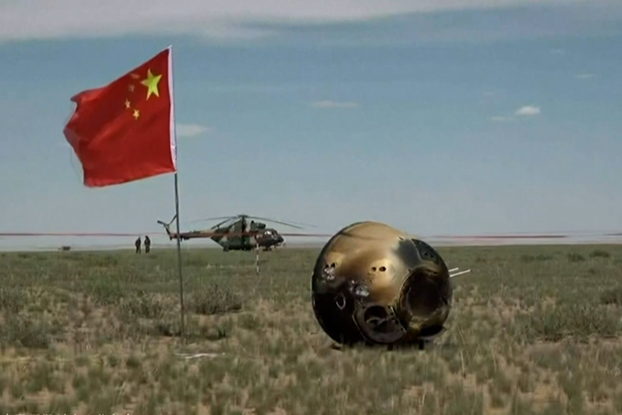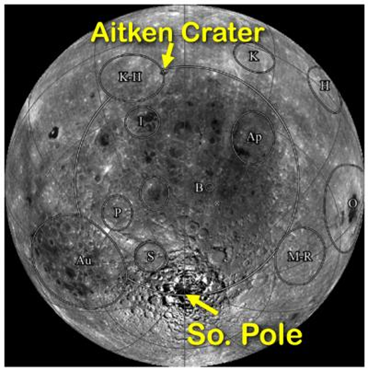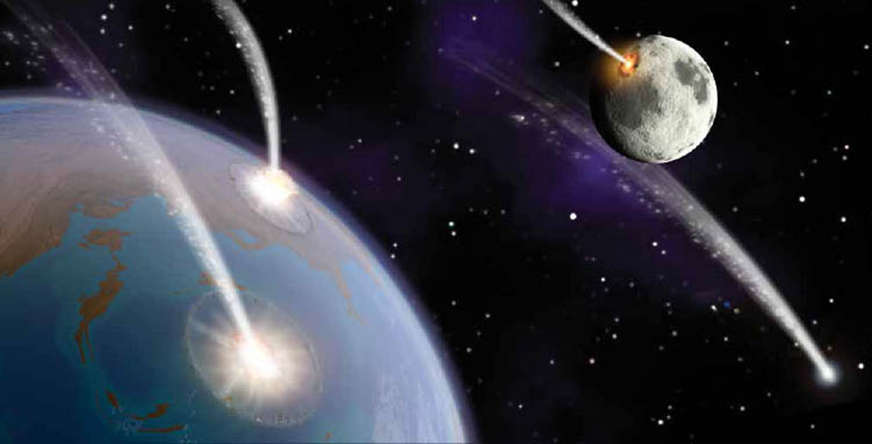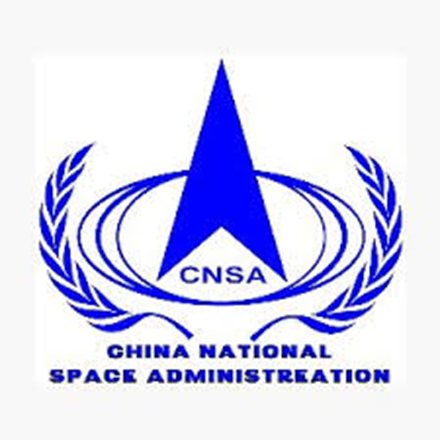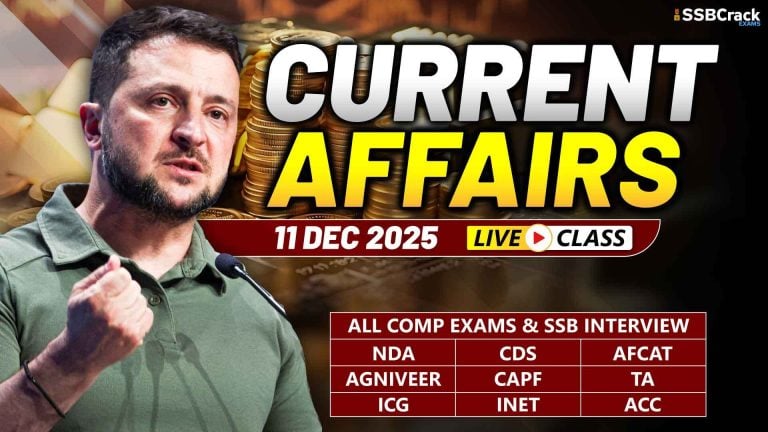China’s Chang’e-6 mission ended flawlessly on 25 June, when a return capsule carrying the first soil samples collected from the far side of the Moon gently landed by parachute in a remote corner of northern China just after 2 p.m. local time.
China Retrieves 1st Ever Samples From Moon’s Far Side
Why In News
- China’s Chang’e-6 mission ended flawlessly on 25 June, when a return capsule carrying the first soil samples collected from the far side of the Moon gently landed by parachute in a remote corner of northern China just after 2 p.m. local time.
Chang’e-6 Mission
- Chang’e-6 set off on its 53-day voyage on 3 May and a month later landed in the Apollo crater on the edge of the South Pole–Aitken Basin, a more than 2000-kilometer-wide impact crater that is the Moon’s largest and oldest. The lunar lander drilled and scooped up about 2 kilograms of material that scientists will scrutinize for clues to the Moon’s origins and evolution.
- Researchers won’t know what exactly has been captured until they examine the materials in laboratories. But numerical modeling and remote sensing of the Chang’e-6 landing site suggest 2.5-billion-year-old volcanic basalts will predominate, Zongyu Yue of the Chinese Academy of Sciences’s Institute of Geology and Geophysics and colleagues reported online on 24 June in The Innovation.
- However, they note the lunar surface surrounding the Apollo crater is scarred by numerous younger impacts that might have blasted out even older material from depths up to 1.5 kilometers, scattering it within reach of Chang’e-6’s scoops.
- Researchers hope the samples will contain traces of the impact melt produced during the formation of the South Pole-Aitkin Basin. Dating that material could help resolve the question of whether Earth and the Moon underwent a heavy asteroid bombardment about 4 billion years ago. Scientists will also be looking for clues as to why the Moon’s far side has fewer lava plains, more craters, a thicker crust, and a different mineral composition than the near side.
- The China National Space Administration (CNSA) has indicated it will share the Chang’e-6 samples with the international community, just as it has with the lunar soil and rock retrieved from the Moon’s near side by Chang’e-5. So far, all experimental work on Chang’e-5 samples has been done in Chinese labs.
- But dozens of scientists from around the world participated in data analysis and interpretation and in writing papers. Joining in the lab work was stymied by COVID-19 travel restrictions, says Alexander Nemchin, a geochemist at Curtin University who co-authored a Science paper on the age and composition of Chang’e-5 samples with Chinese colleagues.
- Earlier this year, CNSA invited proposals from groups based in other countries to examine Chang’e-5 samples in their own laboratories. Ten finalist teams, including five groups from the United States, defended their proposals before a panel of experts in Wuhan, China, in April. (It’s a sore point among Chinese planetary scientists that they cannot access samples collected by the U.S. Apollo Moon missions because of restrictions imposed by Congress.) The selection of successful applicants is pending, says Terada, who is on one of the finalist teams.
- CNSA is expected to follow the same procedure with Chang’e-6 rocks, first distributing samples to domestic labs and later making them available internationally. There is likely to be fierce competition, Terada says, given that the samples represent “a first for humankind.”
- China is sharing the samples because “the Moon belongs to all humanity,” says Xiao Long, a planetary scientist at the China University of Geosciences. “Its samples and exploration data should be shared worldwide.”

